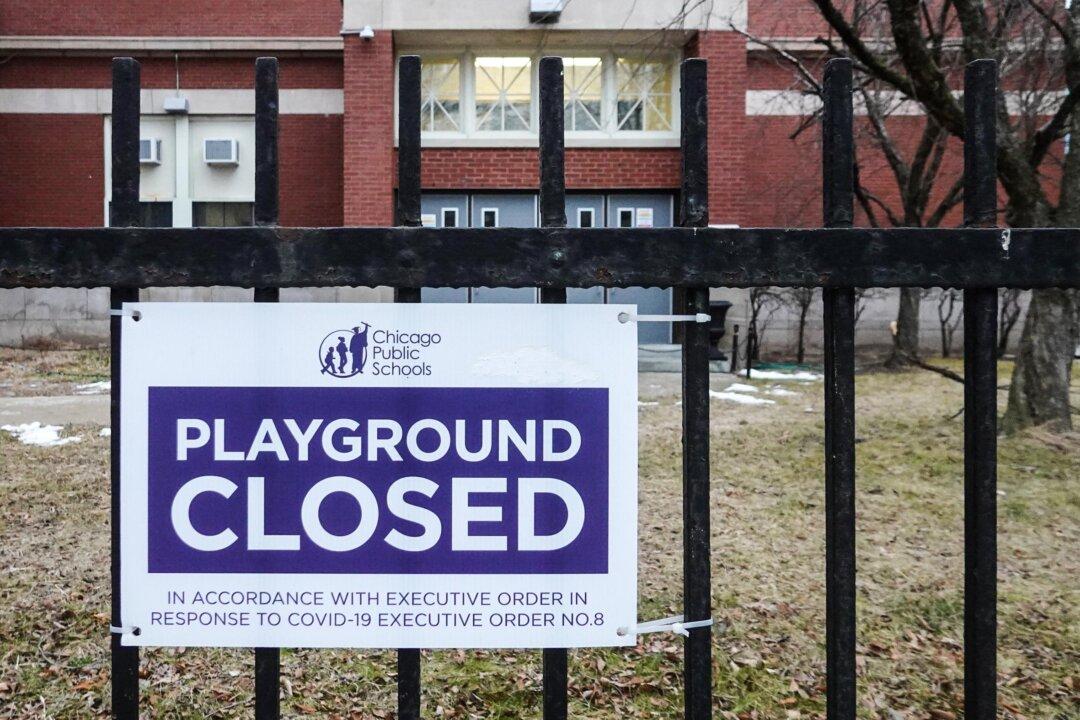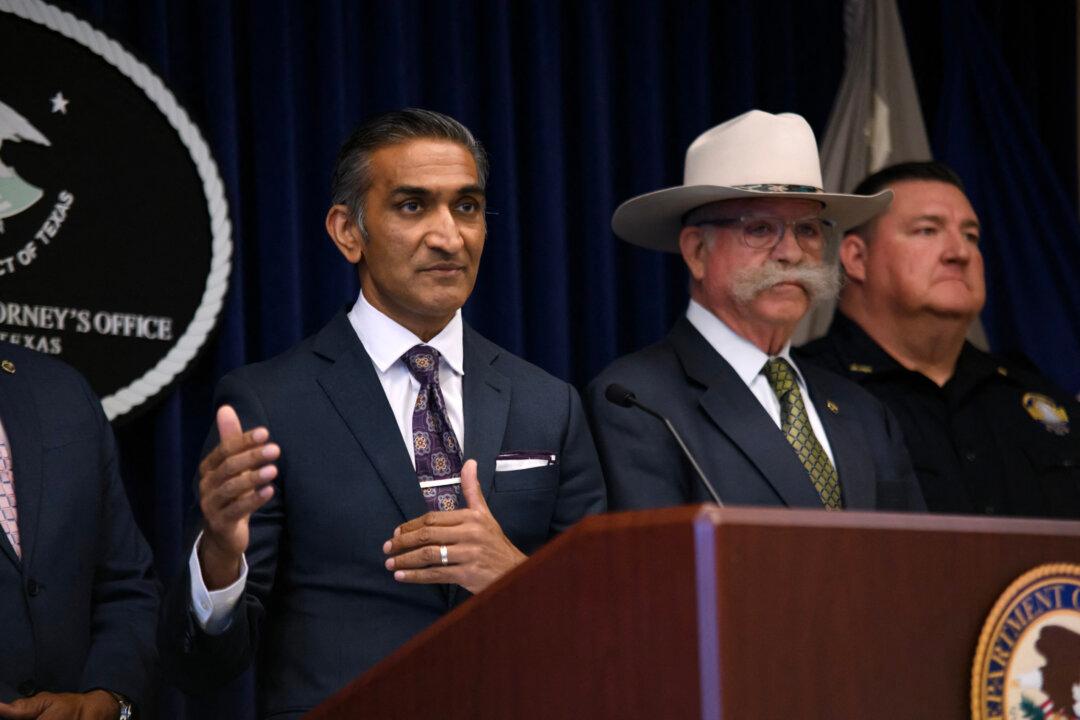A 142-page leaked set of demands by the Chicago Teachers Union (CTU) reveals a plan for public school facilities to be used as shelters for homeless families.
The new union demands call for using schools as “sheltering places,” a move traditionally outside the purview of bargaining.





